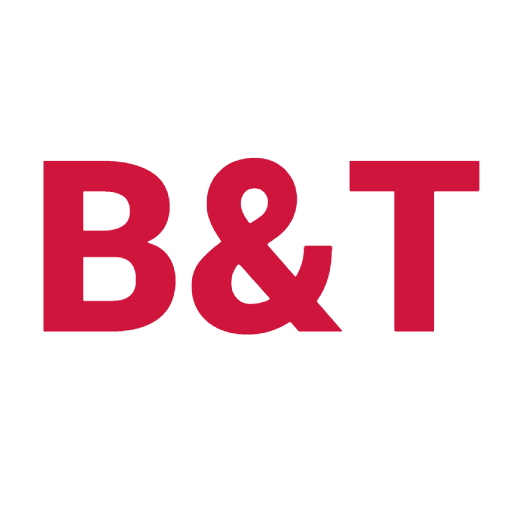The Five Qualities: A Quality Management and ISO Certification Overview
Imagine starting a new company tomorrow. Aside from the practical difficulties of starting a business, you would probably start by considering your goals for the company and the demands of your target market. How would you guarantee the caliber of the commodity or service you offer? Since every one of us has a different “perception of excellence,” quality may mean various things to different customers. Doing as the client requests is all that is required, but what if the client’s requirements contradict with your own company’s values?
Some businesses obtain a quality certificate to show a client that they are upholding a high degree of quality across their business. The most well-known and widely-used example of this is ISO Quality Certification. Even if you are a sole proprietor, understanding ISO is crucial if you want to develop a deeper understanding of the businesses you work with and, as a result, better comprehend their problems and concerns. ISO is applicable to all businesses, regardless of size.
There are various ISO Certifications for various sorts of industries, but just one ISO Certificate—ISO 9001—is applicable to all organizations regardless of the industry you work in. All facets of quality are influenced by ISO 9001, which is frequently where businesses begin their path to efficient quality control. Numerous businesses own two or three ISO quality certifications. It can be helpful to break quality down into its constituent parts in order to comprehend it.
Whether a product is included or not, any firm must offer a service to its clients. The metrics by which we evaluate quality may include response time, communication with the public, and effective problem-solving management. Processes and procedures are developed by businesses and other organizations to offer a solid framework for high-quality service delivery. The needs of the client are at the center of ISO quality certification, and ISO 9001 fully addresses this.
Effective communication is obviously crucial, both within a business and with its customers, partners, prospective customers, and suppliers. It’s important to comprehend your counterpart, and all business communications should be respectfully clear and succinct. The ISO 9001 auditors expect change to be carefully handled throughout the organization and look for excellent communication inside a corporation.
Any file or document delivered from one party to another is considered business output. A product, a set of instructions, educational communications, research tables, financial reports, or bills are a few examples. Accuracy is crucial in all output types if you want to develop a reputation for dependability. While ISO 27001 is based on sound information management principles and what George Papp Achen, Chief Privacy Officer at WPP, calls a “culture of privacy,” ISO 9001 helps enterprises achieve uniformity throughout their business output. Customers must have faith that the vendors they work with have strict information security policies in place. Companies that generate research data frequently refer to ISO 20252, a standard created especially for market, social, and opinion research.
If you want your firm to be successful, you must make sure that your hiring policies and the practices that follow them attract the greatest personnel possible so you can meet all of the demands listed above. The second problem is keeping talented employees once they have been hired. Staff members will need to be motivated to give their best efforts, and they will need the proper coaching and training. The ISO 9001 standard include a section on all facets of human resources because customers need to be certain that service providers are qualified to deliver what they promise.
The quality of everything people do is, in the end, influenced by the environment in which they operate. Workplace cleanliness, equipment dependability, software and hardware effectiveness, accessibility to utilities, and safety measures are all factors that might affect employee morale and productivity. Businesses today seek to show their commitment to broader environmental challenges both internally and externally. The work environment is covered by ISO 9001, and the environmental and health and safety standards are ISO 14001 and ISO 18001, respectively.
The Five Qualities:
Service
Communication
Output
Recruitment & Retention
Environment


amazing article, very helpful and knowledgeable, hoping to see more detailed articles like this, and if you are searching for the interior designer then checkout this amazing link bespoke interior designer gurgaon
need for posts like this, helpful and knowledgeable , and if you are searching for best cuet coaching then checkout this cuet coaching Gurgaon
amazing content, hoping to read more knowledgeable content.
and you are looking door and windows then checkout this link
Luxury Aluminium windows manufacturer
hoping to see more blogs and articles like this, thanks to the author.
AND if any one se looking for UPVC windows manufacturer Delhi